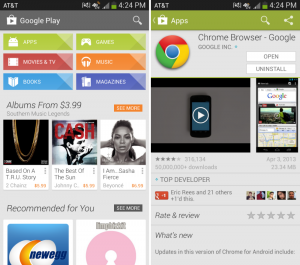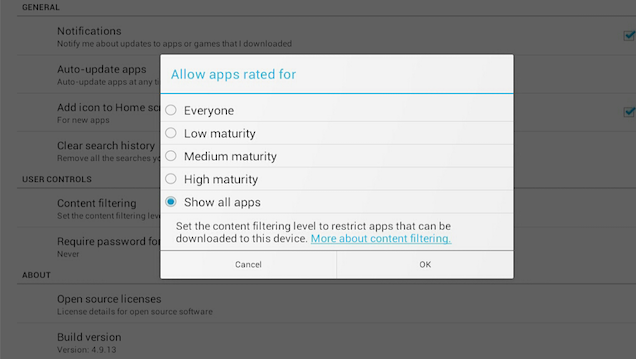How to Create Strong, Secure, Passwords You Can Remember

Chances are if you’re reading this you have some sort of password, whether it’s for your e-mail account, Wi-Fi or any one of a thousand other accounts that require a secure password.
As devices are getting more mobile we’re using them in more and more places which increasingly exposes us and our passwords to would be thieves who may wish to obtain our “secure” information.
Passwords should ideally be unique and each account you have should use a different password. Not just a little different but totally different and that’s where we encounter problems. The more accounts you have the more unique passwords you need to remember and we’re always told that these passwords shouldn’t be common words or things like our date of birth that could be easy to guess or work out. If the word you use can be found in a dictionary then it can be easily worked out as these are the words that most hackers or software will check first when trying to crack your password.
Similarly if the letters appear in order on your keyboard such as “123456” or “qwerty” then it’s not a strong password. You also need to avoid passwords that can be easily guessed such as the name of the street you live on, a favorite sports team city or the university you attended, the name of a loved one or their date or birth, all of these would be deemed weak passwords. A few of the most common passwords and terms to avoid are: – “god,” “money,” “love,” “monkey,” “letmein,” and if you use “password” as your password then you may as well not have a password at all.
So how do you create a Strong password that you can remember, well strong passwords should contain upper case and lower case letters they should also contain some numbers and special characters as this covers the full range of text available to us, below are some examples for each.
| Character category | Examples |
| Uppercase letters | A, B, C |
| Lowercase letters | a, b, c |
| Numbers | 0, 1, 2, 3, 4, 5, 6, 7, 8, 9 |
| Symbols found on the keyboard (all keyboard characters not defined as letters or numerals) and spaces | ` ~ ! @ # $ % ^ & * ( ) _ – + = { } [ ] \ | : ; ” ‘ < > , . ? / |
You should then consider length; many passwords have to be at least 8 characters long so aim for at least this and preferably 12 characters or more.
So with this in mind how do you create an easy to remember password. Well think of an easy word to remember such as “dinosaur”now when you type it move every letter one to the right. So “dinosaur” becomes “fompdsit”.
Now add some upper cases “FompdsiT”
Now add some numbers “F0mpds1T”
Don’t forget some symbols “F0^^pd$1T”
Just remember the pattern for you capitals, numbers and symbols in this case.
Capitals = First and last letter.
Numbers = Second and Second from the end.
Symbols = Third and third from the end.
This may not be so easy if you have to enter the password on your phone so you could try picking a word or name something easy to remember then spell it backwards. So “New York” becomes “Kroywen”. Then swap some letters for numbers and symbols so you could end up with “Kr0yw3^”
Changing the letter ‘O’ for ‘0’, ‘a’ for ‘@’ or ‘e’ for ‘3’ are obvious so you can make it more complicated, just make sure your replacements make sense so as you can remember them.
Another easy way to create a password you can remember is pick a phrase and then use the acronym of this, after change some letters to capitals, symbols and numbers to make it more secure and you have a strong password.
If you’re worried your password isn’t strong enough there are sites that let you type in your password and they will measure how strong it is. You can click here to visit one of them.
You can even personalize your passwords for your accounts so your email password could be “Kr0yw3^EMA” for example and your Facebook password could be “F0^^pd$1TFAC”. If you follow these tips you should be able to create strong and secure passwords that are easy to remember.
www.worldofelectonics.ie




